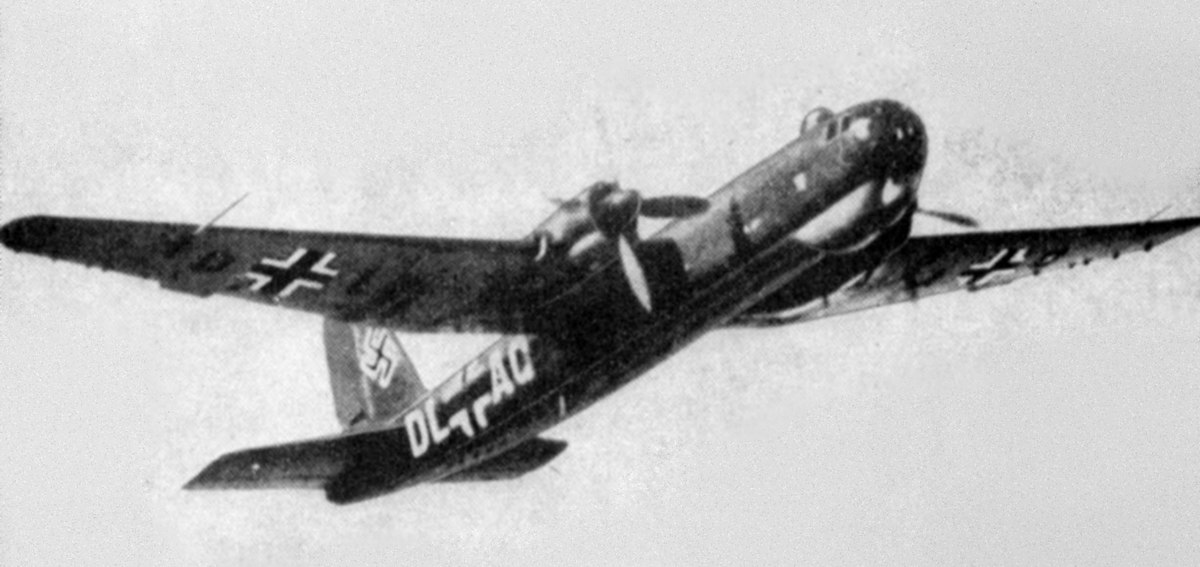That such operations could have had an impact is illustrated by the Luftwaffe intruder effort launched in March 1945:
As demonstrated by Jabberwoky's posts, the idea was not pursued with as much vigour and losses resulted. by early 1945, the LW can achieve very little of substance with the number of aircraft it had available at that time. It amounted to a suicide mission.
Doing real damage to such facilities required larger groups than the typical 2-4 aircraft that were usually used. In 1943, when they did attempt to attack such targets with larger forces, losses climbed prohibitively. Some of the bigger missions - involving 100+ aircraft - had loss rates approaching 10%.
Yup, they were not affective in the way they were conducted, as I mentioned earlier, but again, it depended on how the Germans approached the situation and when and in co-ordination with other raids, as opposed to send over a handful of aircraft alone, which they tended to do. During the Battle of Britain, the concept was not pursued with particular strength to the degree it could have. In his analysis, bungay states the following, regarding EGr 210:
"In the end it was too little too late. Erpobungsgruppe 210 attempted to take on the job the whole of the Luftwaffe should have attempted to do from the beginning. The raid on Woolston was successful. It maybe that his note on using fighter bombers on 2 September was a sign that Goring was realising what was needed, but when it was put into practise, it was a travesty."
"They had an aversion to low-level operations because it made them feel vulnerable. Manston is the only airfield to be repeatedly strafed by Bf 109s. it worked there, but there re very few examples of Bf 109s being used in this way anywhere else. This was the strategy Park feared the most, and there was not a lot he could have done once the radar was down. his worst moments during the Battle were when he was blinded for a time, as on 30 August."
"However, if the attacks had been frequent enough, he would not have had enough time to re-organise his defences. The effectiveness of such attacks depended on intensity, and the weather could therefore have prevented them from being kept up, but Knickebein would have enabled raiders to find target areas in dirty weather, andf poor visibility was good for them: it was easier to get surprise and escape. Erpobungsgruppe 210 showed the Luftwaffe the way."

